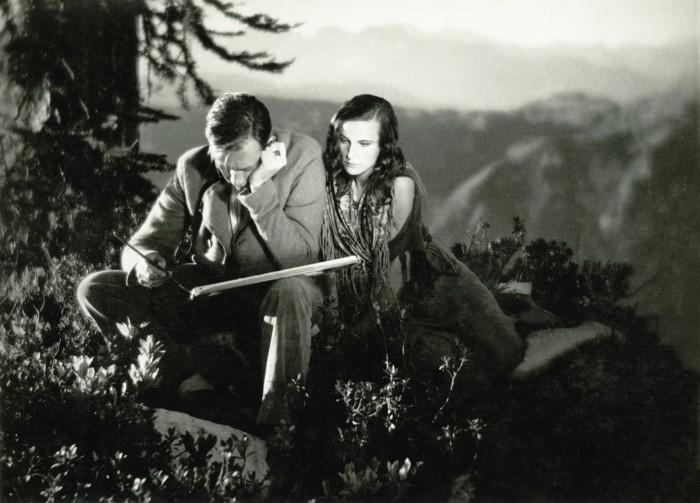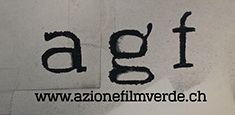The blue light
When the moon is full, young men die attempting to reach the mysterious blue light in the mountains.

L. R. Studio-Film GmbH
Kinowelt GmbH
The farmers in a small Dolomite village take the wild young girl Junta to be a witch, fearing her evil eye. Moreover, they consider her to be responsible for the deaths of four young men, who had followed her up Monte Cristallo during the full moon of the night into a mysterious blue light. The painter, Vigo, discovers the secret of the mountain: a crystal grotto which reflects a blue light when the moon shines. Vigo tells the villagers of this hidden treasure. They plunder the grotto, destroying it. Seeing this, Junta jumps to her death on Monte Cristallo.
A favourite future filmmaker of Nazi propaganda, German director Leni Riefenstahl shot a mystical, romantic and ultimately tragic drama, Das Blaue Licht, in 1932, which she wrote and directed with Hungarian Béla Balázs and Austrian Carl Mayer. The story is based on an old German legend, a tale by the Brothers Grimm, and a short story written in 1930 by the Swiss Gustav Renker, Bergkristall. However, Leni Riefenstahl has always denied that she was inspired by the latter work. Played by the director herself, Junta, a wild, simple, innocent and somewhat mystical Italian woman, lives far from the village and on the fringes of society with Vigo, a shepherd (Mathias Wieman). She is the only person able to climb the nearby mountains and reach a cave on Monte Cristallo from which a mysterious blue light shines during the full moon. Junta is hated by the villagers who suspect her of being a witch, especially the women, as several young men in the village have died trying to reach the blue light. Tonio, a painter, discovers Junta's existence and her passion for the blue light, produced by crystals in a cave. Tonio betrays her by revealing the route of the cave to the inhabitants. The cave is soon stripped of its crystals and, in desperation, Junta commits suicide. Shot in Italy in Sarentino, Brenta and Foroglio in Ticino, this expressionist-inspired film offers some of the most evocative shots of the region.
Frédéric Maire, Director Cinémathèque Suisse










